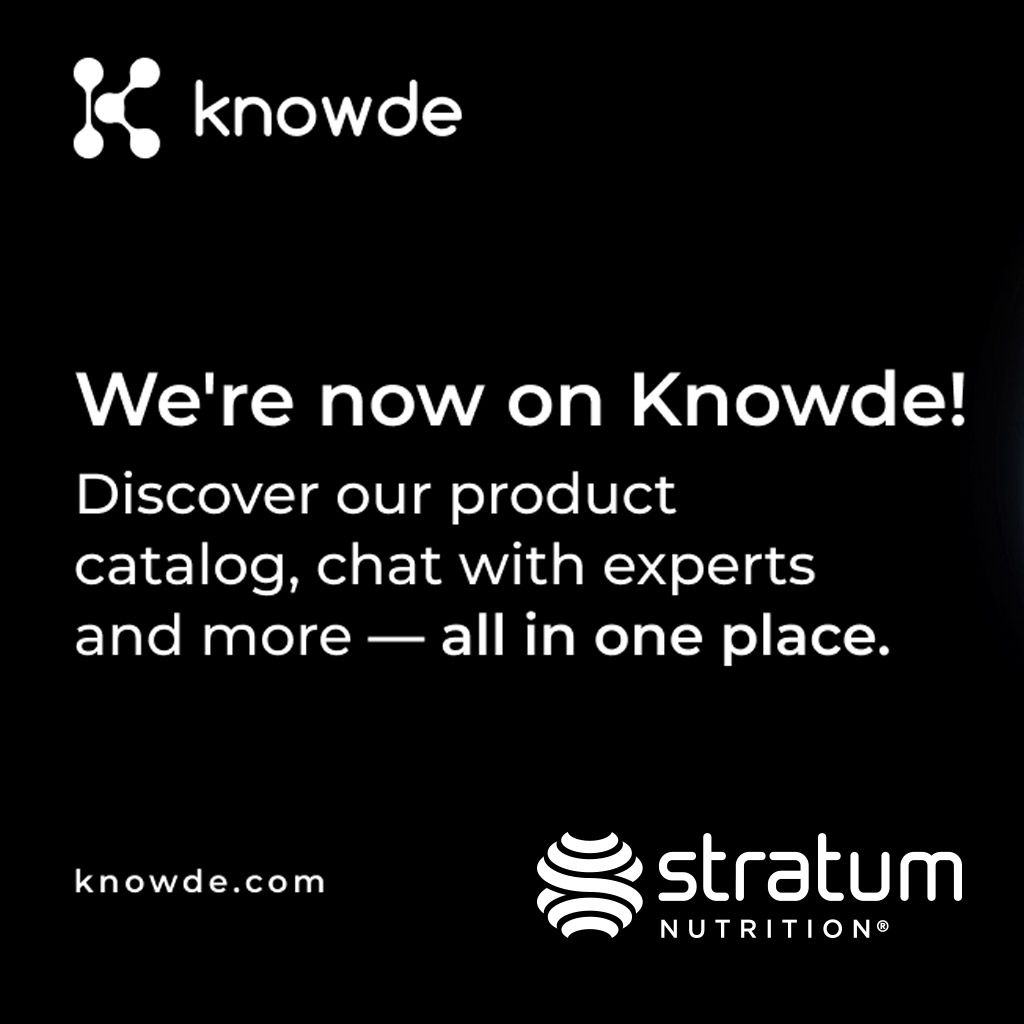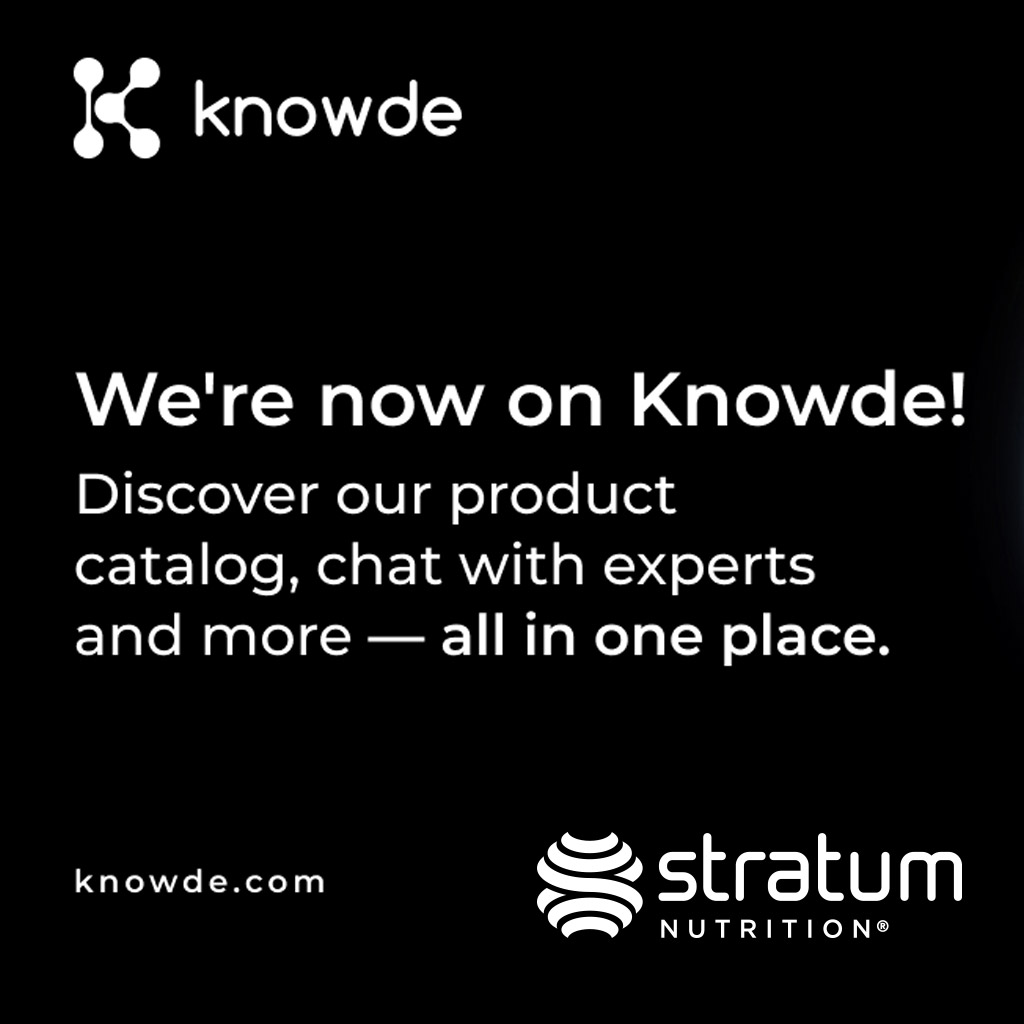A Better Omega-3 Source
Jan 06 2023
| Our Blog
| Stratum Nutrition
The supply of marine omegas is finite, and we are at maximum available wild fish oil supply. Fish oil concentrates, higher daily intakes and broader adoption continue to further exploit marine ecosystems.
There is a better option for formulators seeking an omega ingredient that meets the demand of consumers.
The Omega Super Plant
Derived from elite cultivars of Buglossoides arvensis, a hedgerow plant in the Boraginaceae family that is native to the United Kingdom, Ahiflower® oils is different from fish oil in that it is converted in the body into biologically active forms of fatty acids, which are a source of energy in the body and are primary constituents of cell membranes. It contains the only two essential fatty acids; the omega-3, alpha linolenic acid (ALA) and the omega-6, linoleic acid (LA). These two are essential because we must get them from our diet since our bodied do not make them. It is also a rich source of stearidonic acid (SDA), which is converted ultimately to eicosapentaenoic acid (EPA), which is converted to docosahexaenoic acid (DHA) through the omega-3 metabolic pathway. However, gamma linolenic acid (GLA), is not part of that process. GLA converts to DGLA, a very beneficial omega-6 fatty acid. Ahiflower oil is an excellent source of all four of the most critical and beneficial precursor omega-3s and omega-6s – ALA, SDA, LA, and GLA.
Regeneratively grown, Ahiflower is not impacted by pandemic disruptions, war, or climate change, and it is fully scalable to meet aggressively rising demand.
According to Greg Cumberford, VP of Science and Regulatory at Natures Crops International, “As for the oil’s ability to improve omega-3 status, preliminary results1 from a dietary-intervention trial that measured DHA turnover—that is, the body’s de novo synthesis—in mice showed that the “uniquely high” levels of alpha-linolenic acid (ALA) and stearidonic acid (SDA) in Ahiflower oil “biosynthesized” to DHA with “comparable efficiency” to marine DHA, and significantly faster than flaxseed oil.”
“This preliminary evidence indicates that in mammals, plant-based sources—led by Ahiflower oil—provide all the omega-3s needed to support normal functioning for optimal wellness,” he says, “indicating that high DHA intake isn’t the only option and likely isn’t necessary to provide cells and tissues a more complete array of dietary omega-3 benefits.”
And it comes atop published human studies showing that Ahiflower oil boosts circulating EPA significantly more than does flaxseed oil, he adds, thanks to Ahiflower oil’s SDA, which appears to convert to EPA more readily than does ALA.
Conclusion
As more consumers become aware of how they can help support the oceans through making a small change to their dietary supplement regimen, we will most likely see the demand for plant-based omega alternatives disrupt the omega industry.
For more on being a part of this disruption and formulating your next omega product with Ahiflower, please visit: http://www.stratumnutrition.com/ingredient/ahiflower.
Reference:
1. Scientific abstract. Metherel M et al. “Blood and tissue DHA synthesis and turnover rates are faster in mice fed Ahiflower oil compared to flaxseed oil using compound-specific isotopic analysis.” Presented at the Canadian Nutrition Society Annual Conference (May 5-7, 2022).








